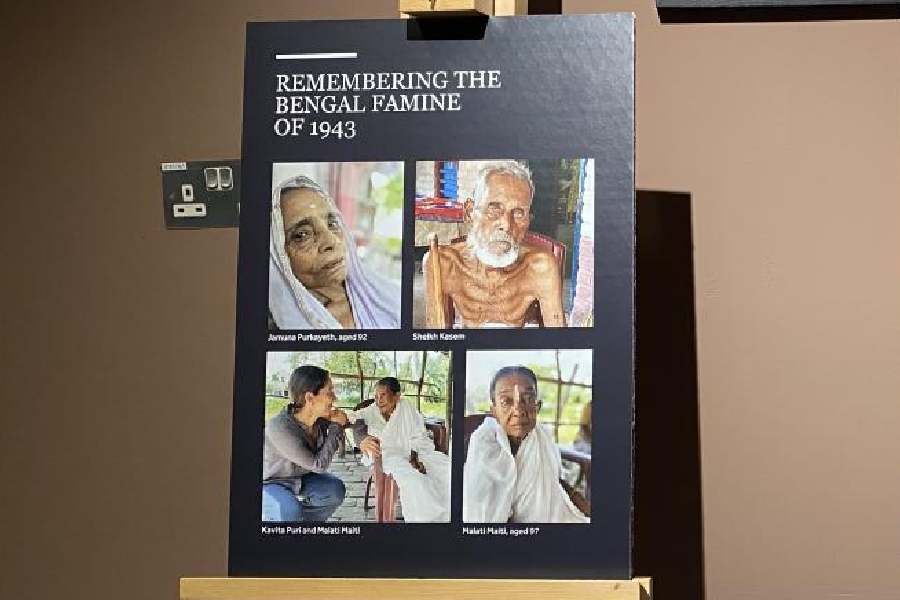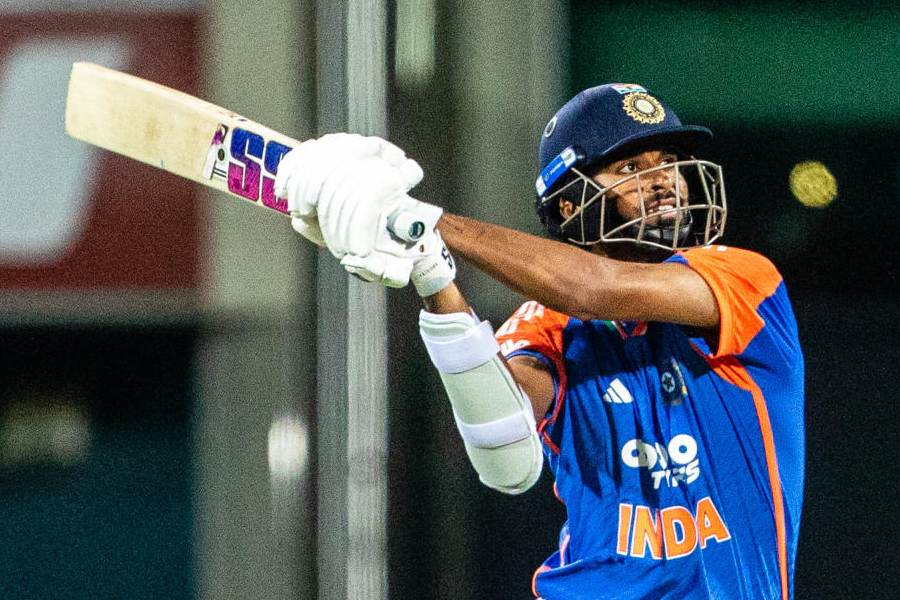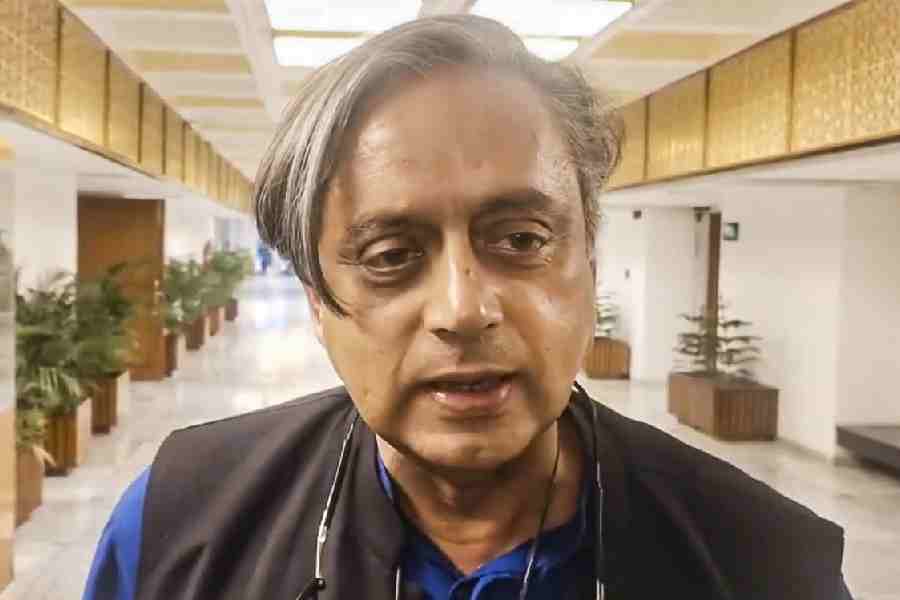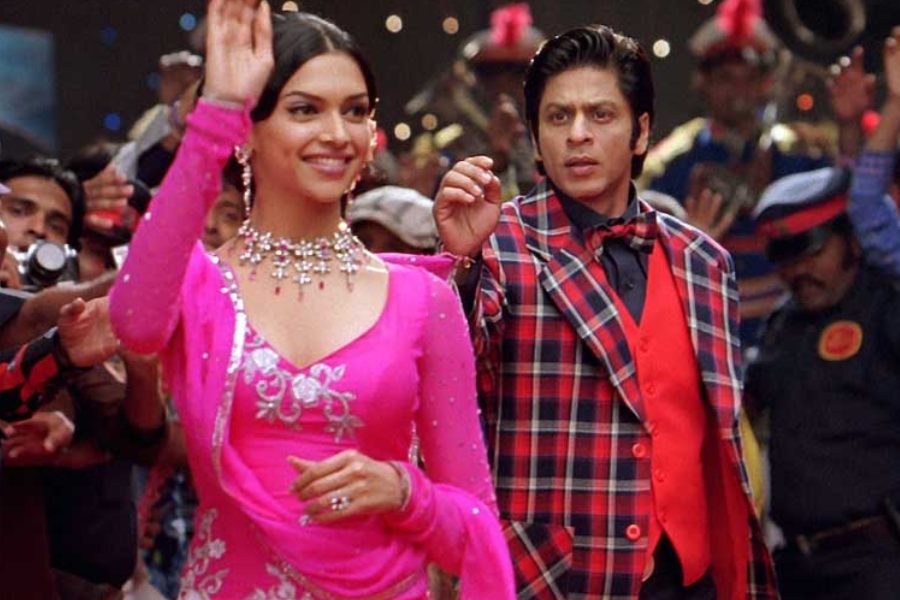 |
Varun Singh, founder-CEO of ScalArc Inc., a Mumbai-based open source consulting firm, has reached the venue of a meeting and realised he has forgotten to bring his PowerPoint presentation. He takes out his iPad, connects to the desktop computer in his office through his 3G connection and opens the presentation from there. And on his way back, negotiating Mumbai’s traffic snarls, he takes out his mobile phone and plugs in to the music stored on the desktop, again using his 3G connection.
Singh used to do this even before he signed up for 3G, but found the whole process “incredibly slow”. It could take up to 10 seconds for the screen to show. That now takes one second. “It feels like I am using a computer now,” he says.
Say hello to a revolution that’s set to rock your humble handset. If you’re wondering what on earth the to-do about 3G is — it stands for third generation wireless telephony, by the way — here’s how it’s going to change the way you interact with your world . With a 3G connection, you can:
- Catch the news on television or the serial you’re missing while stuck in traffic
- Shoot a video and upload it on YouTube or Facebook
- Play 3D games with friends in different cities in real time
- Consult your astrologer online and show him your horoscope through a video call
- Watch aarti being performed live at temples
- Trade in stocks while you are in a coffee shop
- Learn how to speak a language.
Unbelievable? Not at all, thanks to the superfast telecom speed of 3G. Indeed, 3G is just a bigger pipe through which telecom traffic is sent. As a result, not only does the overall efficiency of telecom networks improve (resulting in fewer call drops), it also enables easier and faster Internet browsing — at speeds double than those now available on laptops and cellphones (see below).
But, as Tata Teleservices’ executive president, mobility business division, Deepak Gulati, points out, “3G is not only about speed; it is about access and convenience.” Therefore, it’s also going to put the spotlight on cellphones.
In fact, thanks to 3G, a lot of users will experience the Internet for the first time on their phones, notes V. Ramnath, Nokia’s director, operator channels. The phone can become the preferred option for accessing the Net, since rolling out fixed line broadband is expensive and cumbersome. Besides, getting a broadband connection along with a computer can be a hassle in small towns and rural areas, says Vijay Shekhar Sharma, chairman and managing director of the Noida-based mobile value-added services firm One97. “3G will make broadband wireless. It will bring computing to the masses.” In any case, the number of cellphone connections (688 million, at last count) outnumbers landline connections (35.5 million) in India. “This will change how people live their daily lives,” says Samaresh Parida, director, strategy, Vodafone Essar.
Services that were confined to voice and text will now have videos too. One97 is planning to add a link to SMS news alerts that will take subscribers to a video clip. Newzstreet Broadcast Services, a Noida-based firm specialising in news-related content, already provides video clips but currently these can’t be of more than 10-20 seconds’ duration because they have to be downloaded and viewed. Downloads in the current 2G (second generation) telecom networks are slow and interrupted. With 3G, these news clips can be viewed online. “The days of downloads are over,” says Newzstreet’s editor-in-chief Alok Verma.
Mobile entertainment, too, is going to embrace a whole new world. It isn’t going to be confined to ringtones, caller tunes, horoscopes, single player games and the like. There will be a lot of new content. “We’ve been waiting for this for nearly three years,” says Rajiv Hiranandani, co-founder and executive director at Altruist Mobile2Win, a Mumbai-based content development firm.
Content firms are betting big on user-generated content, with cameras in phones getting more sophisticated. People can shoot video clips — breaking news, a family function, a baby’s first steps — and upload them immediately on a social networking site or share them with a small group of contacts. The hassles of first transferring a clip to a computer and using a broadband connection to upload it will now be passé.
3G will also reduce the gap between a PC and mobile gaming, says Sam Gulve, joint managing director, Spice Mobility, a Noida-based content development firm, who points out that hard core gamers aren’t happy with gaming on the mobile and prefer to play on computers. “Mobile gaming didn’t take off beyond a point earlier, because even multi-player games were passive (not live),” notes Hiranandani. With 3G multi-player gaming, where friends can play one another in real time, this will now be possible.
With all these mobile entertainment options, it’s no wonder that Verma, a former television journalist, sees 3G as “the biggest threat to the television industry in the next five years.” Mobile television, which most telecom operators are offering, could change television viewing itself, as people don’t need to be confined to their living rooms, to catch news, a cricket match or a serial.
But 3G won’t be about fun and games alone. Parida sees mobile commerce as a huge opportunity, enabling person-to-person payments through the handset. “The mobile revolution in India happened because the cellphone became ingrained in the economic life of people. Similarly, m-commerce will be the game changer for 3G,” says Romal Shetty, national head, telecom, at consulting firm KPMG India.
Then there’s mobile education. Lectures can be transmitted over mobile phones, as also videos on how to write alphabets or repair a gadget. Verma’s Newzstreet has developed a set of how-to CDs, with step-by-step instructions on anything from knotting a tie to cooking a particular dish to changing a car battery. “There’s an entire range of possibilities in teaching, training and soft skills development. It is a Rs 3 crore market,” claims Sharma.
Health, too, can move out of the confines of hospitals and clinics. Video calls, for example, could facilitate consultations with doctors. One97 is trying out video-based healthcare service with a national telecom operator. Not only are all the leading hospital chains reported to be working on mobile health programmes, but telecom companies are also keen on it.
But all this won’t happen overnight. “It’s about changing habits. One hurdle will be educating people about 3G,” says Parida. Mass adoption could take at least a year, depending on awareness and pricing.
India is a late entrant to the 3G world, which Japan was the first to enter in 2001. 3G’s India debut actually happened in 2009, with Mahanagar Telephone Nigam Ltd (MTNL) and Bharat Sanchar Nigam Ltd (BSNL) offering 3G services, but it didn’t make an impact because it wasn’t marketed well. Last year, seven private firms got 3G spectrum (airwaves to carry signals) in 22 telecom zones.
Three companies have launched their services — Tata Docomo around Diwali last year, Reliance Communications in Delhi, Mumbai, Calcutta and Punjab in December and Airtel on January 24 in Karnataka. Others are treading carefully. Signals from towers still need to be stabilised, points out Rajat Mukarji, Idea Cellular’s chief corporate affairs officer, otherwise connectivity will be slow and interrupted. Singh faced this problem with his MTNL connection. “We would like to do things right. There is no point being the first if users are going to be dissatisfied with the experience,” says Mukarji. Idea and Vodafone plan to launch their services soon.
The availability and affordability of 3G-enabled handsets will determine mass adoption (since people will have to change their phones). The availability of handsets priced below Rs 5,000 will kick off 3G, says Shetty. Samsung has 13 3G-enabled models ranging from Rs 3,950 to Rs 31,500 in the market, while Nokia has over 20 models, costing between Rs 4,689 and Rs 28,449. Both companies plan to add to the range. And then there are a host of smaller players that make low-cost phones. But you shouldn’t go by affordability alone, warns Mukarji, who is not sure if all 3G services can be accessed through the cheaper phones.
3G services must also be affordable. Firms could be tempted to price them high to recover the high spectrum charges they paid. That’s what happened in Europe in the early 2000s. “3G won’t come cheap, given the constraint around fees paid for spectrum,” admits Shireesh Joshi, director, marketing, mobile services division, Bharti Airtel. “While operators may initially choose pricing as a tool to attract customers, this is unlikely to be a sustainable proposition,” he warns. But high pricing in Europe killed demand and threw telecom companies in disarray. Kasturi Bhattacharjee, associate director, infocomm practice, at consulting firm PwC India, doesn’t think this will happen. “Operators will make up the cost by getting more subscribers through affordable tariffs. They know India is a volumes market.”
For telecom companies, 3G’s success will be crucial for their bottomlines. Voice calls aren’t hugely profitable. As of September 2010, telecom firms earned an average of Rs 110 from each subscriber, a drop from Rs 122 in June 2010. By enabling a lot more to be done through the mobile, 3G could spur higher usage, leading to more earnings. An industry veteran, however, cautions against expecting a huge jump in earnings per subscriber before two years. Initially, he points out, only 10 per cent of the total mobile subscribers will switch to 3G. “With this, even if usage doubles, there won’t be a huge impact on revenues.”
But the wait could well be worth it.
Ring in the new
Your 3G questions answered
Q: How fast is 3G?
A: Between 384 kilobits per second (kbps) and 5 megabits per second (mbps), depending on the network and traffic. 2G and 2.5G offer between 26 kpbs and 50 kpbs. WiMAX (Worldwide interoperability for microwave access) offers around 2.5 mbps.
Q: What is 4G?
A: 4G is the next generation of cellular wireless technology after 2G and 3G. The speed ranges between 1 gigabit per second (gbps) and 100 mbps.
Q: Who is offering 3G?
A: MTNL, BSNL, Airtel, Vodafone, Idea, Tata Docomo, Reliance Communications, Aircel and S-Tel.
Q: Do existing subscribers need to switch to a new number?
A: No. The existing number can be converted into a 3G connection. Some old SIM cards may have to be replaced.
Q: Do I need a new handset?
A: Not if your existing handset is 3G enabled. Otherwise you may have to buy a new handset. For video calls, the handset must have a camera in the front.
Q: Will low-priced handsets offer 3G?
A: Yes, but they may not be able to deliver all 3G services. Check if the phone uses WCDMA (wideband code division multiple access) or HSPA (high speed packet access) technology.
Q: Which of these offer all 3G services?
A: Mobile phones with HSPA technology.
Q: Can a 3G service be used all over India?
A: Only if one’s operator has an all-India 3G licence. Some operators are planning to tie up with others in places where they don’t have a licence.










